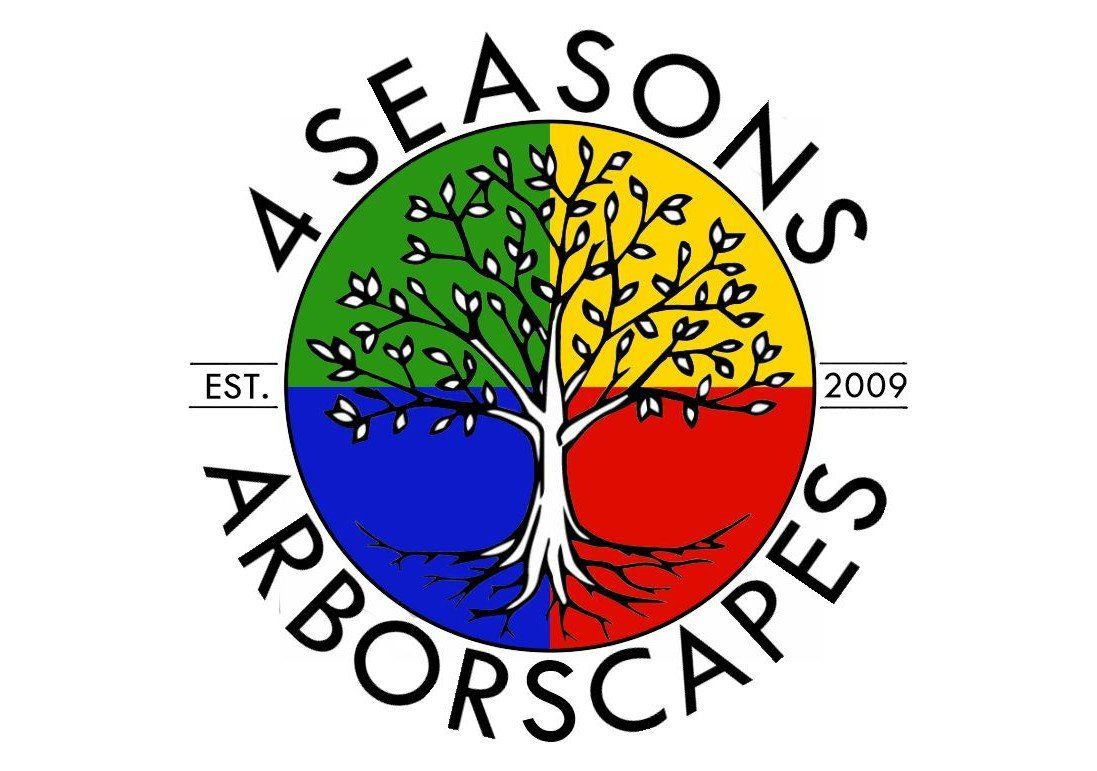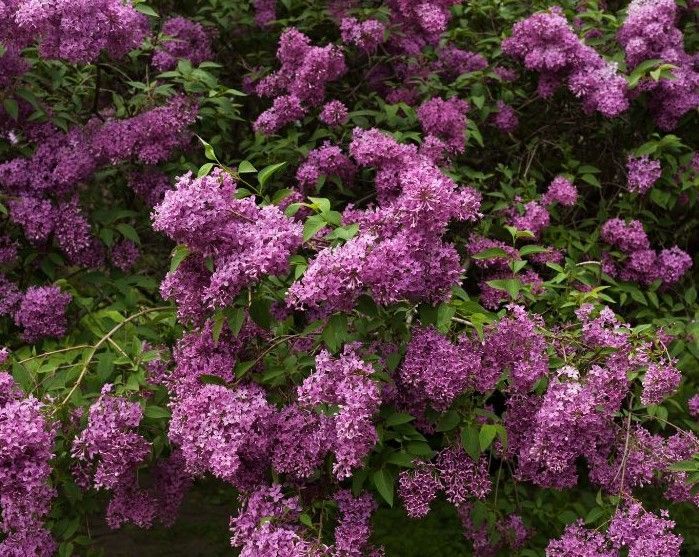How to Grow Your Own Mulch
Mulch is a gardener’s best friend, offering numerous benefits like moisture retention, weed suppression, and improved soil health. While you can buy mulch at the store, making your own from cover crops is a sustainable and cost-effective way to nourish your garden. By growing and terminating cover crops, you can create a rich, natural mulch that boosts soil fertility while promoting healthier plant growth. In this article, we’ll explore how to grow and terminate cover crops to make your own mulch.
What are cover crops?
Cover crops are plants grown primarily to benefit the soil, rather than for harvest. Popular cover crops include legumes (like clover and peas), grasses (such as rye and barley), and brassicas (like radishes and mustard). These crops help improve soil structure, increase organic matter, and prevent erosion. When grown with the intention of terminating them to create mulch, they provide an eco-friendly and nutrient-rich layer that supports plant health.
Why use cover crops as mulch?
Using cover crops as mulch offers several key advantages:
- Nutrient enrichment. When cover crops are terminated, they decompose and add organic matter to the soil, enriching it with nutrients like nitrogen, phosphorus, and potassium. As the plant material breaks down, it feeds the soil’s microbial life, promoting healthier soil biology. This increased microbial activity enhances nutrient cycling, making these nutrients more available to plants. Additionally, cover crops like legumes (e.g., peas and clover) are especially beneficial, as they fix atmospheric nitrogen into the soil, improving fertility for future crops without the need for synthetic fertilizers.
- Act as a natural weed barrier. A thick layer of terminated cover crops can act as a natural weed barrier, reducing the need for herbicides or manual weeding. This dense mulch layer shades the soil, preventing sunlight from reaching weed seeds and inhibiting their germination. Certain cover crops, like rye and buckwheat, are particularly effective at suppressing weeds due to their allelopathic properties—compounds they release that inhibit the growth of nearby weed seeds. By using these cover crops as mulch, you create a living weed barrier that continues to work even after the crop has been terminated.
- Soil moisture retention. Like traditional mulch, cover crop mulch helps retain moisture, reducing the frequency of watering. By shading the soil, mulch lowers evaporation rates, keeping the soil cooler and more hydrated. This is especially beneficial during dry seasons or in regions prone to drought, as it reduces water loss from the soil’s surface. Mulching with cover crops can lead to healthier plants that are better able to withstand periods of heat stress, ultimately conserving water resources and lowering irrigation costs.
- Aerate soil and reduce compaction. The roots of cover crops help break up compacted soil, making it more porous and better able to support plant growth. Crops with deep taproots, like daikon radishes, are particularly effective at penetrating hardpan or compacted layers of soil, creating natural channels for air, water, and plant roots. This improved soil structure enhances water infiltration and drainage, reducing runoff and erosion. Over time, as the cover crops decompose, their root systems create spaces that allow future plant roots to explore deeper soil layers, leading to stronger, more resilient crops.
- Erosion control. Cover crops protect the soil from wind and water erosion. Their roots hold the soil in place, preventing it from washing away during heavy rains or strong winds. When the cover crops are terminated and left on the surface as mulch, they continue to protect the soil from erosion by absorbing the impact of raindrops and reducing runoff. This helps maintain soil health, preserve topsoil, and keep valuable nutrients from being lost to erosion.
- Improve soil temperature regulation. A thick layer of cover crop mulch acts as an insulating blanket, moderating soil temperatures by keeping it cooler during hot weather and warmer during cold spells. This temperature regulation creates a more stable environment for plant roots, allowing them to thrive in a less stressful setting. The protection from temperature extremes helps prolong the growing season for many crops, particularly in regions with fluctuating weather conditions.
- Pest and disease control. Some cover crops can help reduce pest pressure and diseases in the garden. For example, certain brassicas like mustard have biofumigant properties, meaning they release compounds into the soil that can suppress soil-borne pests and pathogens. When used as mulch, these crops continue to contribute to a healthier growing environment by creating less favorable conditions for pests and diseases to thrive.
- Support local biodiversity. Growing cover crops fosters biodiversity in your garden or farm. They provide habitat and food sources for beneficial insects, pollinators, and microorganisms. Once terminated, the mulch layer they form can continue to support these beneficial organisms, which contribute to a more balanced and healthy ecosystem. This biodiversity can lead to healthier plants and more sustainable growing systems over time.
- Year-round protection. Cover crop mulch can be used throughout the year, providing seasonal benefits. In the spring and summer, it helps retain moisture and control weeds. In the fall and winter, it protects the soil from harsh weather conditions, keeping it fertile and ready for planting when the growing season returns.
Choosing the Right Cover Crops for Mulch
When selecting cover crops for mulch, consider factors such as growth speed, seasonality, and ability to fix nitrogen. Different cover crops offer unique benefits based on how quickly they grow, the time of year they thrive, and the specific nutrients they contribute to the soil. Growth speed is especially important if you want mulch quickly or need a fast-acting ground cover to suppress weeds. Rye, buckwheat, and crimson clover are excellent fast-growing options that produce abundant biomass in a short period. Rye, in particular, is highly effective at suppressing weeds due to its thick root system and rapid growth, while buckwheat is known for thriving in poor soil conditions, making it an ideal crop for revitalizing nutrient-depleted areas.
Seasonality is another key factor. Cool-season crops like winter rye and oats are perfect for fall planting. These crops can withstand lower temperatures, providing ground cover during the winter months and protecting the soil from erosion and nutrient leaching. As they break down in the spring, they add organic matter to the soil, making it ready for the growing season. In contrast, warm-season crops like cowpeas, sorghum, and sun hemp thrive during the hot months of spring and summer. They grow rapidly during warmer weather and create a dense mulch that can protect the soil during the peak growing season.
For those looking to enhance soil fertility, nitrogen-fixing crops like legumes (such as peas, vetch, alfalfa, and soybeans) are an excellent choice. These crops form a symbiotic relationship with soil bacteria, converting atmospheric nitrogen into a form that plants can use. This not only enriches the soil for future crops but also reduces the need for synthetic fertilizers. Vetch and clover are particularly effective at nitrogen fixation and provide thick, ground-hugging mulch when terminated, which helps retain soil moisture and reduce weed growth.
In addition to nitrogen fixation, many cover crops also improve soil structure by developing deep, fibrous root systems. This helps break up compacted soils, improving water infiltration and aeration. Radishes, for example, are known as “bio-drillers” because their long taproots penetrate hard soils, making them more porous and easier for other plants to grow in later. These crops also naturally scavenge nutrients like phosphorus from deeper soil layers and bring them up to the surface, further boosting fertility.
By carefully selecting cover crops based on these factors, you can create an effective mulch that not only protects your soil but also actively improves its health and fertility.
How to Grow and Terminate Cover Crops
1. Select the Right Plot
Choose an area in your garden where you want to improve soil health, suppress weeds, or prepare the soil for future planting. Cover crops can be grown:
- In rows between other crops for weed control and moisture retention.
- Over fallow garden beds to replenish nutrients and prevent erosion.
- In open spaces where you plan to plant the following season, improving soil fertility and structure in the meantime.
Assess the needs of your garden and plan accordingly, keeping in mind how different cover crops will fit into your rotation.
2. Prepare the Soil
Before sowing cover crop seeds, loosen the soil using a rake, hoe, or tiller. This step ensures that the seeds will make good contact with the soil, leading to better germination rates. The goal is to create a fine, loose seedbed where the seeds can easily sprout and establish strong roots. While cover crops can grow in many soil types, preparing the soil helps boost their initial growth.
3. Sow the Seeds
- Scatter the seeds evenly over the prepared soil, aiming for consistent coverage. Broadcasting seeds by hand or using a seed spreader works well for most cover crops.
- Rake the soil lightly to ensure the seeds are covered, but not too deeply—cover crops generally prefer shallow planting.
- Water thoroughly after sowing to encourage germination. Keeping the soil moist during the germination period is crucial, but after the seedlings are established, most cover crops require minimal maintenance. Be sure to choose the correct planting time based on whether you're using cool-season or warm-season cover crops.
4. Monitor Growth
Allow the cover crops to grow for several weeks or months, depending on the variety. During this period:
- Deep roots will form, helping to break up compacted soil, enhance drainage, and capture nutrients.
- Lush foliage will develop, covering the ground and shading out weeds, making them less likely to take root.
- Some crops, like legumes, will also be fixing nitrogen into the soil, enriching it for future planting.
Keep an eye on your crops, but minimal intervention is typically needed beyond ensuring they receive enough water, particularly in the early stages.
5. Know When to Terminate
The best time to terminate cover crops is when they reach their peak biomass, typically just before they go to seed. At this stage, they have produced the most organic material, which will result in a more substantial mulch layer. Timing is important: if the crops go to seed, they can become weedy or compete with your main crops.
6. Termination Methods for Mulch Creation
There are several ways to terminate cover crops and convert them into mulch:
- Mowing or cutting: Use a lawnmower, scythe, or shears to cut down the cover crops at ground level. Leave the cuttings in place, as this green matter will decompose into a nutrient-rich mulch layer.
- Crimping: A crimper or roller can be used to flatten the cover crops and break their stems. This method kills the plants by preventing water and nutrients from reaching their leaves while leaving them in place to decompose slowly.
- Tarping: If you want to speed up decomposition, you can cover the terminated crops with a tarp. Blocking sunlight accelerates the breakdown of plant material, turning it into mulch more quickly. This method is particularly useful if you plan to replant in a few weeks.
7. Leave the Mulch in Place
Once the cover crops are terminated, the plant residue becomes your mulch. Spread it evenly over the soil, ensuring it forms a thick enough layer to:
- Suppress weeds by blocking sunlight, preventing unwanted seeds from germinating.
- Retain moisture in the soil by reducing evaporation, allowing your plants to access more consistent water levels.
- Regulate soil temperature, keeping the soil cooler in summer and warmer in winter.
Ensure the mulch isn’t too dense; a mulch layer that’s too thick can block water from reaching the soil and slow down natural decomposition. Aim for a mulch layer that’s around 2-3 inches thick for optimal results.
Over time, the mulch layer will integrate into the soil, improving its structure and water-holding capacity, making your garden more resilient and productive.
Conclusion
Creating your own mulch by growing and terminating cover crops is an excellent way to promote healthy soil, reduce garden maintenance, and support eco-friendly gardening practices. By selecting the right cover crops, timing their termination, and allowing them to decompose in place, you can create a sustainable mulch that benefits your plants and the environment. Whether you're a seasoned gardener or just getting started, this natural method of mulching is a simple and effective way to improve your garden’s energy and nutrient cycles.
Check out the latest...








